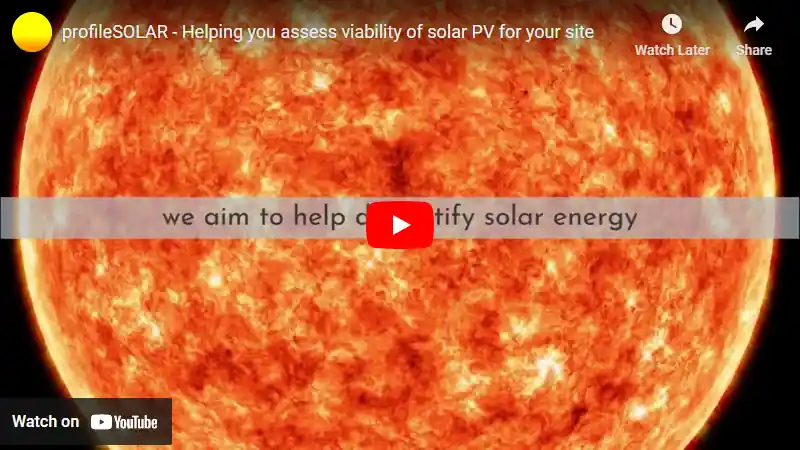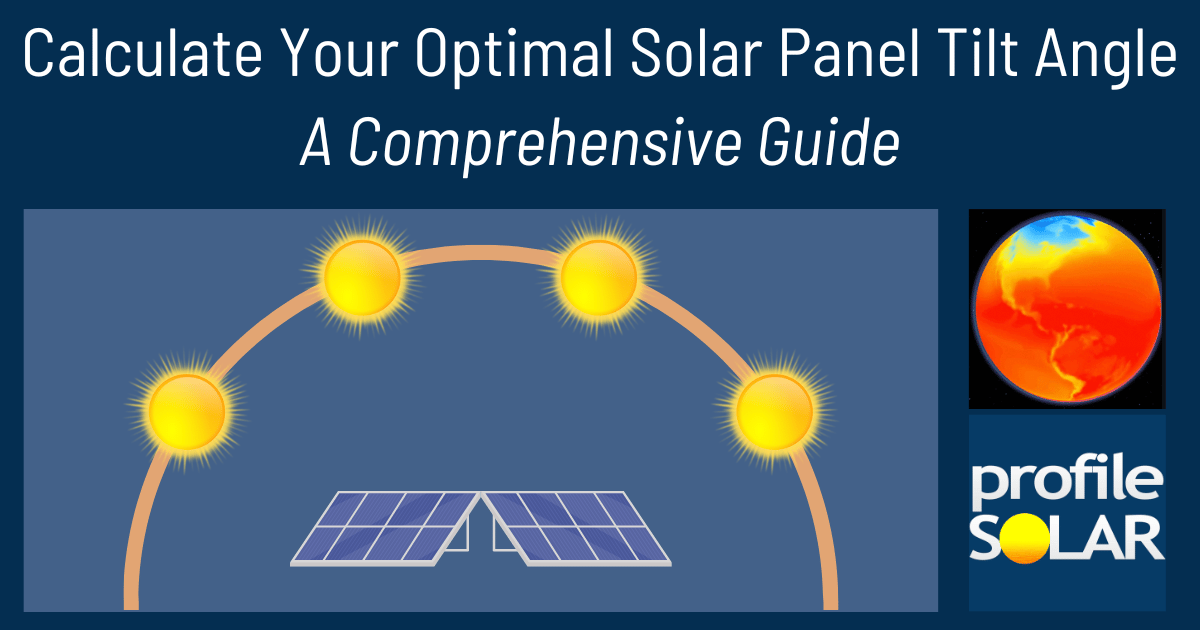

Newbury Park, California, located in the Northern Sub Tropics, offers a favorable environment for solar energy generation throughout the year. The location's solar potential varies across seasons, with peak production during summer months and reduced output in winter.
Seasonal Solar Performance
Summer stands out as the most productive season, with an impressive daily output of 8.44 kWh per kW of installed solar capacity. Spring follows closely, generating 7.52 kWh/day. Autumn sees a moderate decline to 5.34 kWh/day, while winter experiences the lowest production at 3.76 kWh/day.
The substantial difference between summer and winter production highlights the impact of seasonal variations on solar energy generation in Newbury Park. However, even during winter months, the area maintains a respectable solar output, making it a viable location for year-round solar energy production.
Optimal Panel Installation
To maximize year-round solar energy production, fixed solar panels should be installed at a tilt angle of 29 degrees facing south. This angle optimizes the panels' exposure to sunlight throughout the year, accounting for the Earth's elliptical orbit and the location's specific latitude.
Environmental Considerations
While Newbury Park generally offers favorable conditions for solar energy production, there are a few environmental factors to consider:
- Coastal fog: Being relatively close to the Pacific coast, Newbury Park may experience occasional marine layer intrusion, potentially reducing solar output during early morning hours, especially in late spring and early summer.
- Wildfire smoke: California's susceptibility to wildfires can lead to periods of reduced solar efficiency due to atmospheric particulates.
To mitigate these factors, consider installing high-efficiency panels that perform well in diffuse light conditions. Regular cleaning and maintenance of panels can also help offset the impact of dust and particulate matter. Additionally, incorporating energy storage solutions can help balance out production variations caused by these environmental factors.
Overall, Newbury Park's climate and geographical location make it an excellent candidate for solar energy production, with strong potential throughout the year and particularly high yields during the spring and summer months.
Note: The Northern Sub Tropics extend from 23.5° latitude North up to 35° latitude.
So far, we have conducted calculations to evaluate the solar photovoltaic (PV) potential in 3041 locations across the United States. This analysis provides insights into each city/location's potential for harnessing solar energy through PV installations.
Link: Solar PV potential in the United States by location
Solar output per kW of installed solar PV by season in Newbury Park
Seasonal solar PV output for Latitude: 34.176, Longitude: -118.9316 (Newbury Park, United States), based on our analysis of 8760 hourly intervals of solar and meteorological data (one whole year) retrieved for that set of coordinates/location from NASA POWER (The Prediction of Worldwide Energy Resources) API:




Ideally tilt fixed solar panels 29° South in Newbury Park, United States
To maximize your solar PV system's energy output in Newbury Park, United States (Lat/Long 34.176, -118.9316) throughout the year, you should tilt your panels at an angle of 29° South for fixed panel installations.
As the Earth revolves around the Sun each year, the maximum angle of elevation of the Sun varies by +/- 23.45 degrees from its equinox elevation angle for a particular latitude. Finding the exact optimal angle to maximise solar PV production throughout the year can be challenging, but with careful consideration of historical solar energy and meteorological data for a certain location, it can be done precisely.
We use our own calculation, which incorporates NASA solar and meteorological data for the exact Lat/Long coordinates, to determine the ideal tilt angle of a solar panel that will yield maximum annual solar output. We calculate the optimal angle for each day of the year, taking into account its contribution to the yearly total PV potential at that specific location.

Seasonally adjusted solar panel tilt angles for Newbury Park, United States
If you can adjust the tilt angle of your solar PV panels, please refer to the seasonal tilt angles below for optimal solar energy production in Newbury Park, United States. As mentioned earlier, for fixed-panel solar PV installations, it is optimal to maintain a 29° South tilt angle throughout the year.
| Overall Best Summer Angle | Overall Best Autumn Angle | Overall Best Winter Angle | Overall Best Spring Angle |
|---|---|---|---|
| 18° South in Summer | 39° South in Autumn | 49° South in Winter | 27° South in Spring |
Our recommendations take into account more than just latitude and Earth's position in its elliptical orbit around the Sun. We also incorporate historical solar and meteorological data from NASA's Prediction of Worldwide Energy Resources (POWER) API to assign a weight to each ideal angle for each day based on its historical contribution to overall solar PV potential during a specific season.
This approach allows us to provide much more accurate recommendations than relying solely on latitude, as it considers unique weather conditions in different locations sharing the same latitude worldwide.
Calculate solar panel row spacing in Newbury Park, United States
We've added a feature to calculate minimum solar panel row spacing by location. Enter your panel size and orientation below to get the minimum spacing in Newbury Park, United States.
Our calculation method
- Solar Position:
We determine the Sun's position on the Winter solstice using the location's latitude and solar declination. - Shadow Projection:
We calculate the shadow length cast by panels using trigonometry, considering panel tilt and the Sun's elevation angle. - Minimum Spacing:
We add the shadow length to the horizontal space occupied by tilted panels.
This approach ensures maximum space efficiency while avoiding shading during critical times, as the Winter solstice represents the worst-case scenario for shadow length.
Topography for solar PV around Newbury Park, United States
The topography around Newbury Park, located in southern California, is characterized by a diverse landscape that combines rolling hills, valleys, and mountainous terrain. Situated at the western edge of the Conejo Valley, Newbury Park is nestled between the Santa Monica Mountains to the south and the Simi Hills to the north. The area features a mix of gentle slopes and steeper hillsides, with elevations ranging from about 500 to 2,000 feet above sea level. The terrain is dotted with oak woodlands, chaparral, and grasslands, creating a picturesque setting typical of the region's Mediterranean climate. To the south, the rugged Santa Monica Mountains rise dramatically, offering scenic vistas and hiking trails. These mountains form a natural barrier between Newbury Park and the Pacific Ocean, which lies just a few miles beyond. To the north, the Simi Hills present a more rounded, less severe topography, with numerous canyons and ridges.
Potential for Large-Scale Solar PV
When considering areas nearby that would be most suited to large-scale solar PV installations, several factors come into play. The ideal locations would have ample sunshine, relatively flat terrain, and minimal environmental impact. The nearby Simi Valley, located to the north of Newbury Park, offers promising potential for solar development. Its broader, flatter expanses provide more suitable terrain for large solar arrays compared to the hillier landscape immediately surrounding Newbury Park. Areas to the east, towards Thousand Oaks and the broader Conejo Valley, also present opportunities for solar installations. These locations benefit from the region's abundant sunshine and have some flatter areas that could accommodate large-scale projects. However, it's important to note that much of the land around Newbury Park is protected as part of various nature preserves and parks. Any large-scale solar development would need to carefully consider environmental impacts and local regulations. The most suitable areas would likely be those that have already been developed or disturbed, such as former industrial sites or large commercial properties, rather than undeveloped natural areas. While the immediate vicinity of Newbury Park may not be ideal for extensive solar farms due to its hilly terrain and protected spaces, the broader region does offer potential for solar energy development, particularly in the flatter, more open areas to the north and east.United States solar PV Stats as a country
United States ranks 2nd in the world for cumulative solar PV capacity, with 95,209 total MW's of solar PV installed. This means that 3.40% of United States's total energy as a country comes from solar PV (that's 26th in the world). Each year United States is generating 289 Watts from solar PV per capita (United States ranks 15th in the world for solar PV Watts generated per capita). [source]
Are there incentives for businesses to install solar in United States?
Yes, there are several incentives for businesses wanting to install solar energy in the United States. These include federal tax credits, state and local rebates, net metering policies, and renewable energy certificates (RECs). Additionally, many states have enacted legislation that requires utilities to purchase a certain amount of electricity from renewable sources such as solar.
Do you have more up to date information than this on incentives towards solar PV projects in United States? Please reach out to us and help us keep this information current. Thanks!
Citation Guide
Article Details for Citation
Author: Aaron Robinson
Publisher: profileSOLAR.com
First Published: Thursday 2nd of January 2025
Last Updated: Friday 14th of February 2025
Tell Us About Your Work
We love seeing how our research helps others! If you've cited this article in your work, we'd be delighted to hear about it. Drop us a line via our Contact Us page or on X, to share where you've used our information - we may feature a link to your work on our site. This helps create a network of valuable resources for others in the solar energy community and helps us understand how our research is contributing to the field. Plus, we occasionally highlight exceptional works that reference our research on our social media channels.
Feeling generous?

Share this with your friends!


Compare this location to others worldwide for solar PV potential
The solar PV analyses available on our website, including this one, are offered as a free service to the global community. Our aim is to provide education and aid informed decision-making regarding solar PV installations.
However, please note that these analyses are general guidance and may not meet specific project requirements. For in-depth, tailored forecasts and analysis crucial for feasibility studies or when pursuing maximum ROI from your solar projects, feel free to contact us; we offer comprehensive consulting services expressly for this purpose.
Helping you assess viability of solar PV for your site
Calculate Your Optimal Solar Panel Tilt Angle: A Comprehensive Guide
Enhance your solar panel's performance with our in-depth guide. Determine the best tilt angle using hard data, debunk common misunderstandings, and gain insight into how your specific location affects solar energy production.






